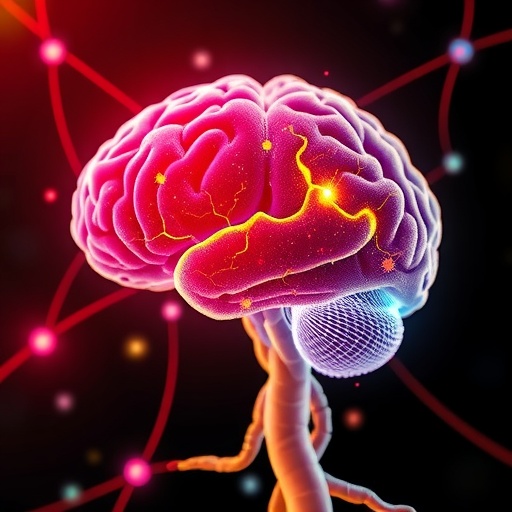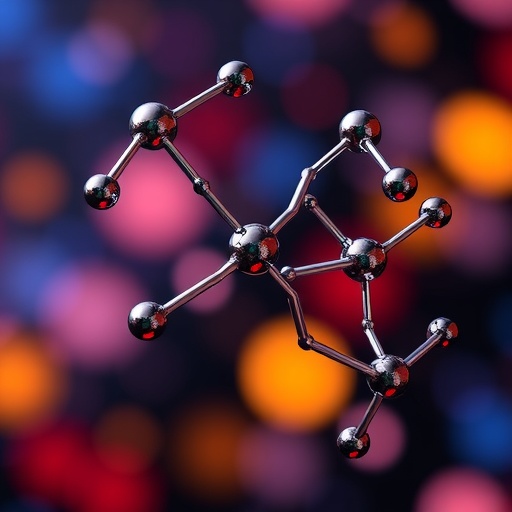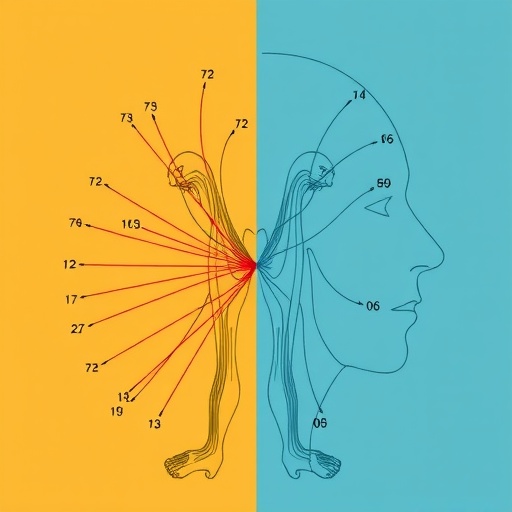PROTECT YOUR DNA WITH QUANTUM TECHNOLOGY
Orgo-Life the new way to the future Advertising by AdpathwayIn a groundbreaking discovery that promises to reshape our understanding of parasitic survival strategies and inspire the next generation of nanotechnology, scientists have unveiled the secret behind the mysterious motion of iron crystals within malaria parasites. These tiny hemozoin crystals, residing inside the deadly Plasmodium falciparum parasite, do far more than simply exist; they propel themselves with the biological equivalent of rocket fuel, a revelation that had eluded researchers for decades. This self-propulsion occurs through the chemical decomposition of hydrogen peroxide, a reaction that not only powers large-scale spacecraft but is now shown to animate the microscopic world within a parasite.
For years, researchers observed the frenetic, unpredictable spinning and jerking of these iron-based crystals inside infected human red blood cells but were unable to explain their origin or purpose. The crystals, shaped somewhat like guitar picks, spin wildly as long as the parasite lives, immediately halting their dance upon the parasite’s death. This motion was so bewildering and unique that it effectively became a blind spot in malaria biology. It’s only now, thanks to the innovative work by biochemists at the University of Utah, that a mechanistic understanding is finally coming to light.
Dr. Paul Sigala and his team uncovered that the driving force behind this remarkable motion is the breakdown of hydrogen peroxide (H₂O₂) into water and oxygen. This reaction releases a burst of energy that propels the crystals around their microscopic compartment. Remarkably, this process is chemically identical to the decomposition of hydrogen peroxide used to fuel rocket engines, a propulsion system well-known in aerospace engineering but unprecedented in the realm of biology. This discovery not only spotlights an extraordinary example of bio-inspired mechanics but also identifies a unique chemical process associated with the viability of the parasite.
The compartment housing these crystals operates like a highly specialized nanoscopic reactor, where the parasite generates hydrogen peroxide as a waste byproduct. The high concentration of this reactive compound creates the perfect conditions for the crystals to harness its chemical energy. Experimental observations confirm that purified hemozoin crystals, when exposed solely to hydrogen peroxide outside the parasite, exhibit autonomous spinning. Conversely, when parasites are cultured under low oxygen conditions—resulting in reduced hydrogen peroxide production—the crystals’ motion slows to about half-speed, demonstrating a direct link between peroxide levels and crystal dynamics.
Understanding why these crystals spin has evaded scientists for decades, but current hypotheses suggest that the motion serves critical physiological functions for the parasite. Hydrogen peroxide is notoriously toxic to cells, capable of generating oxidative stress and damaging biological macromolecules. By actively breaking down this harmful compound via crystal propulsion, the parasite may neutralize a threat that would otherwise compromise its survival. Moreover, this spinning might prevent the aggregation of crystals, enabling efficient sequestration and detoxification of free heme—a byproduct of hemoglobin digestion that is lethal if left unmanaged.
This dynamic behavior of hemozoin crystals also raises exciting possibilities in bioengineering. These self-propelled metallic nanoparticles stand as the first recognized example in nature, offering a living blueprint for the development of microscopic machines that harness chemical energy for autonomous movement. The implications span from the creation of novel drug-delivery systems to environmentally responsive nanorobots, potentially revolutionizing fields ranging from medicine to materials science.
The researchers postulate that interfering with the crystal’s chemical propulsion could pave the way for new antimalarial therapies. Since this mechanism is unique to the parasite and absent in human cells, targeting the crystal’s surface chemistry could yield drugs with minimal off-target effects. Specifically, blocking the catalytic breakdown of hydrogen peroxide might overload the parasite with toxic oxidative stress, killing it without harming the host. This selective vulnerability is a promising avenue, as resistance against current antimalarial drugs continues to pose a global health challenge.
Interestingly, the hemozoin crystals have long been a focal point in malaria drug research but were only considered passive iron deposits. This study radically shifts that paradigm, highlighting their active role in parasite physiology. The notion that these crystals function as chemical propulsion devices within a biological system is a testament to the ingenuity of evolution, adapting elemental chemistry to sustain life under hostile conditions, such as oxidative stress inside a human red blood cell.
The scientific team at the University of Utah integrated sophisticated imaging and biochemical techniques to capture the elusive motion and dissect the underpinning chemistry. The intricate experiments involved manipulating oxygen and peroxide concentrations to measure real-time changes in crystal velocity, providing robust evidence of the peroxide-driven propulsion model. This methodological approach opens new doors for investigating similar phenomena in other pathogenic organisms or cellular processes where chemical energy conversion drives structural dynamics.
Beyond malaria, these findings may have broader implications for understanding how cells exploit chemical gradients for mechanical functions. The self-propelled motion observed suggests that other nanostructures within biological systems might leverage similar biochemical reactions for movement or energy transduction, a concept that once seemed exclusive to engineered systems. Consequently, this research could stimulate a paradigm shift in biophysics, encouraging scientists to search for more examples of nature’s chemical-powered nanomachines.
The interdisciplinary nature of this work, bridging parasitology, biophysics, and chemical engineering, underscores the immense value of cross-field collaboration in addressing complex biological mysteries. It also exemplifies how studying disease mechanisms can simultaneously contribute to technological innovation, exemplified by the prospect of translating these naturally occurring propulsion systems into synthetic nanorobots for specialized applications.
As malaria continues to be a devastating disease worldwide, responsible for hundreds of thousands of deaths annually, the urgent need for novel therapeutic strategies cannot be overstated. Exploiting the unique chemistry of the malaria parasite’s hemozoin crystals represents a promising target less likely to develop resistance quickly and potentially more precise than conventional approaches. The study’s novel intersection of rocket science and parasitology may well unlock the next breakthrough in combating this ancient scourge.
In sum, this discovery of chemical propulsion within the malaria parasite opens a new chapter in understanding the molecular mechanics of disease and offers tantalizing hints for future technological advancements. The tiny but fierce crystals spinning inside Plasmodium falciparum not only illustrate nature’s clever engineering but also illuminate a new frontier in biomedical research and nanotechnology. As these findings ripple through the scientific community, they will undoubtedly spark further inquiry and innovation, transforming how we think both about parasites and the microscopic machines of tomorrow.
Subject of Research: Animals
Article Title: Chemical propulsion of hemozoin crystal motion in malaria parasites
News Publication Date: 28-Oct-2025
Web References: https://www.pnas.org/doi/10.1073/pnas.2513845122
References: Chemical propulsion of hemozoin crystal motion in malaria parasites, Proceedings of the National Academy of Sciences
Image Credits: Erica Hastings, PhD
Keywords: Malaria, Parasitology, Biophysics, Biomechanics, Iron, Nanorobots
Tags: biochemistry of malariahemozoin crystal motionhydrogen peroxide decomposition in biologyinnovative research on malariairon crystals in red blood cellsmalaria parasite iron crystalsmicroscopic world of parasitesnanotechnology inspired by parasitesPlasmodium falciparum survival strategiesscientific discovery in parasitologyself-propulsion in parasitesunexplained phenomena in malaria biology


 5 hours ago
6
5 hours ago
6





















 English (US) ·
English (US) ·  French (CA) ·
French (CA) ·